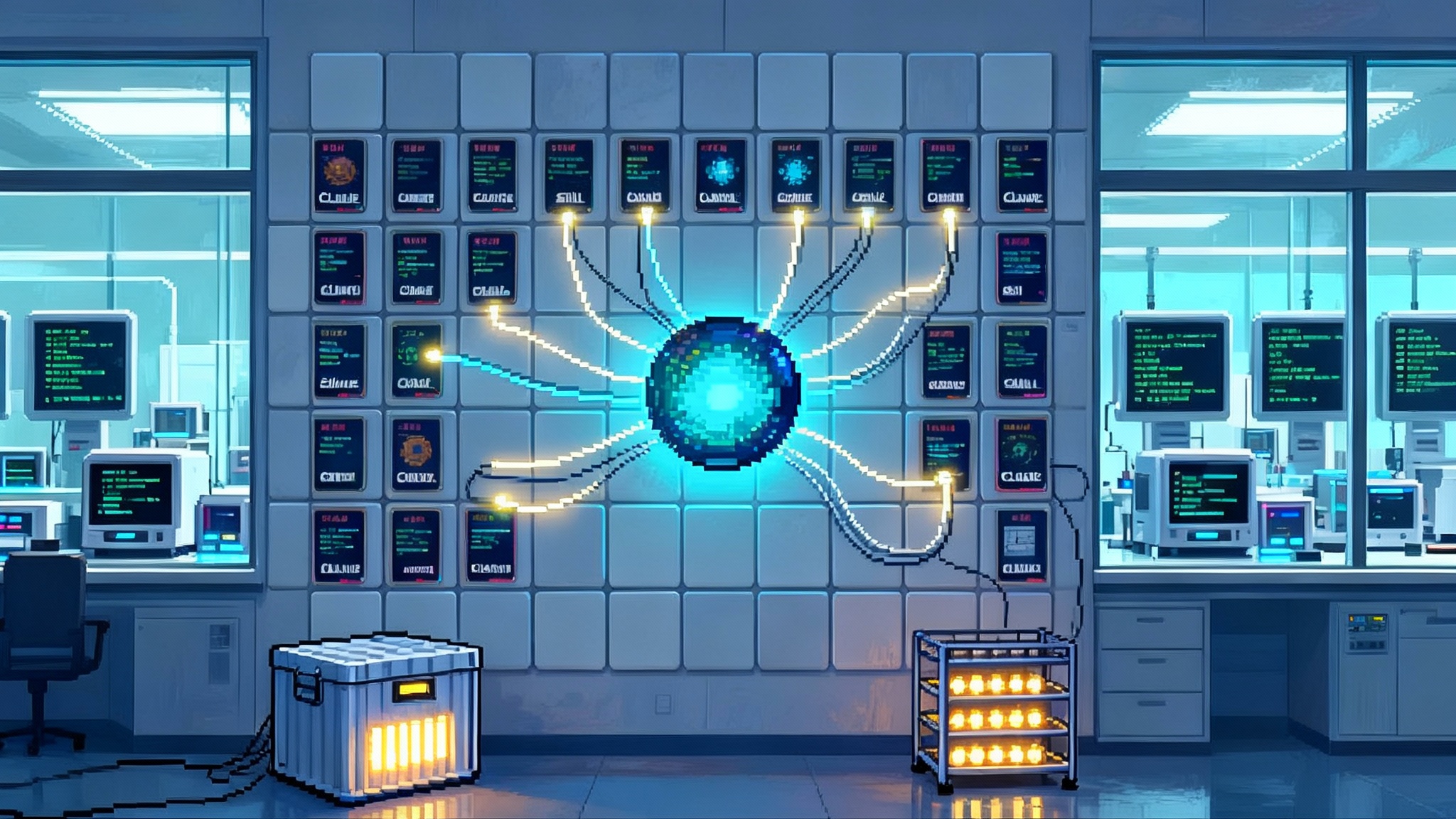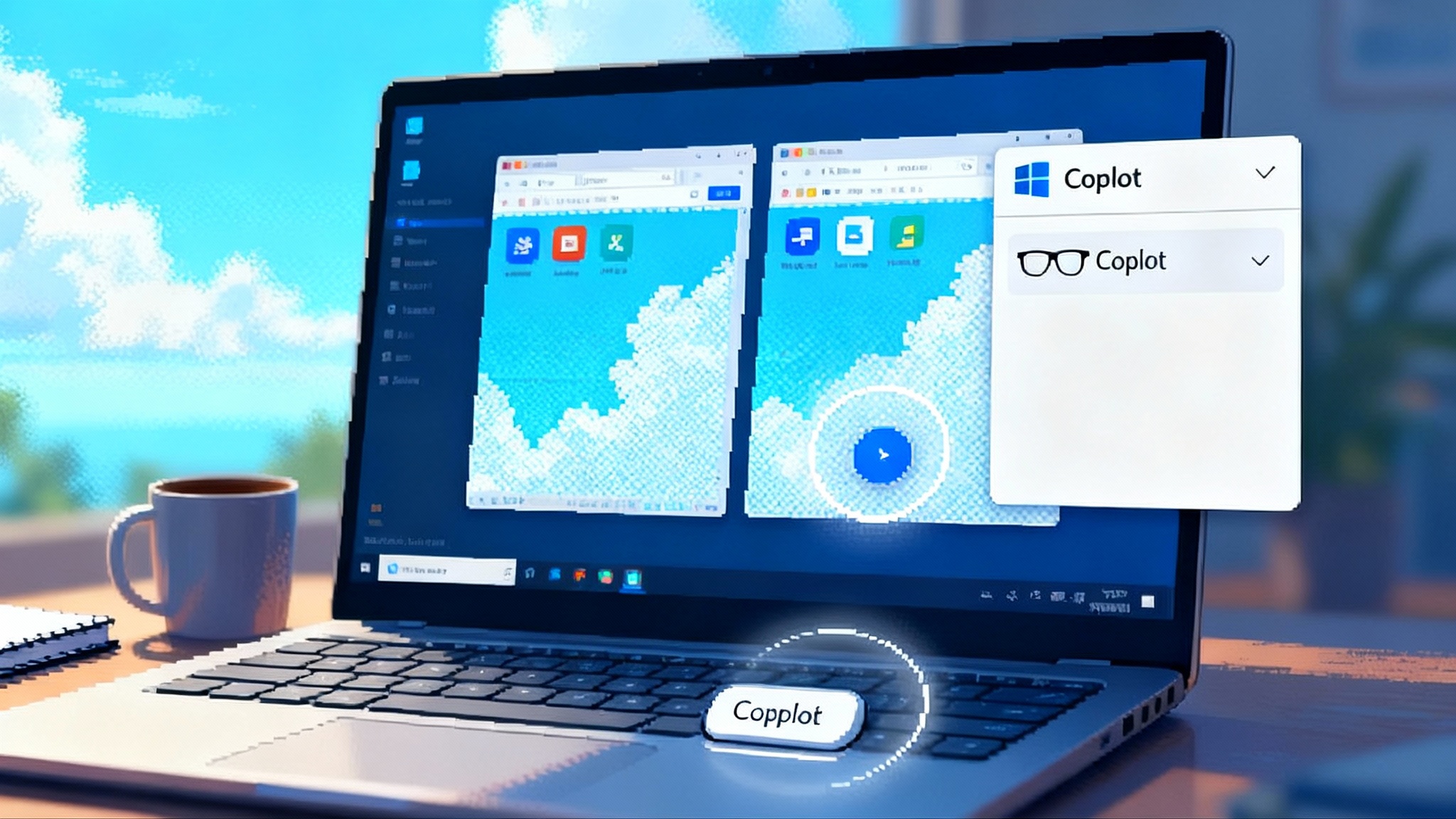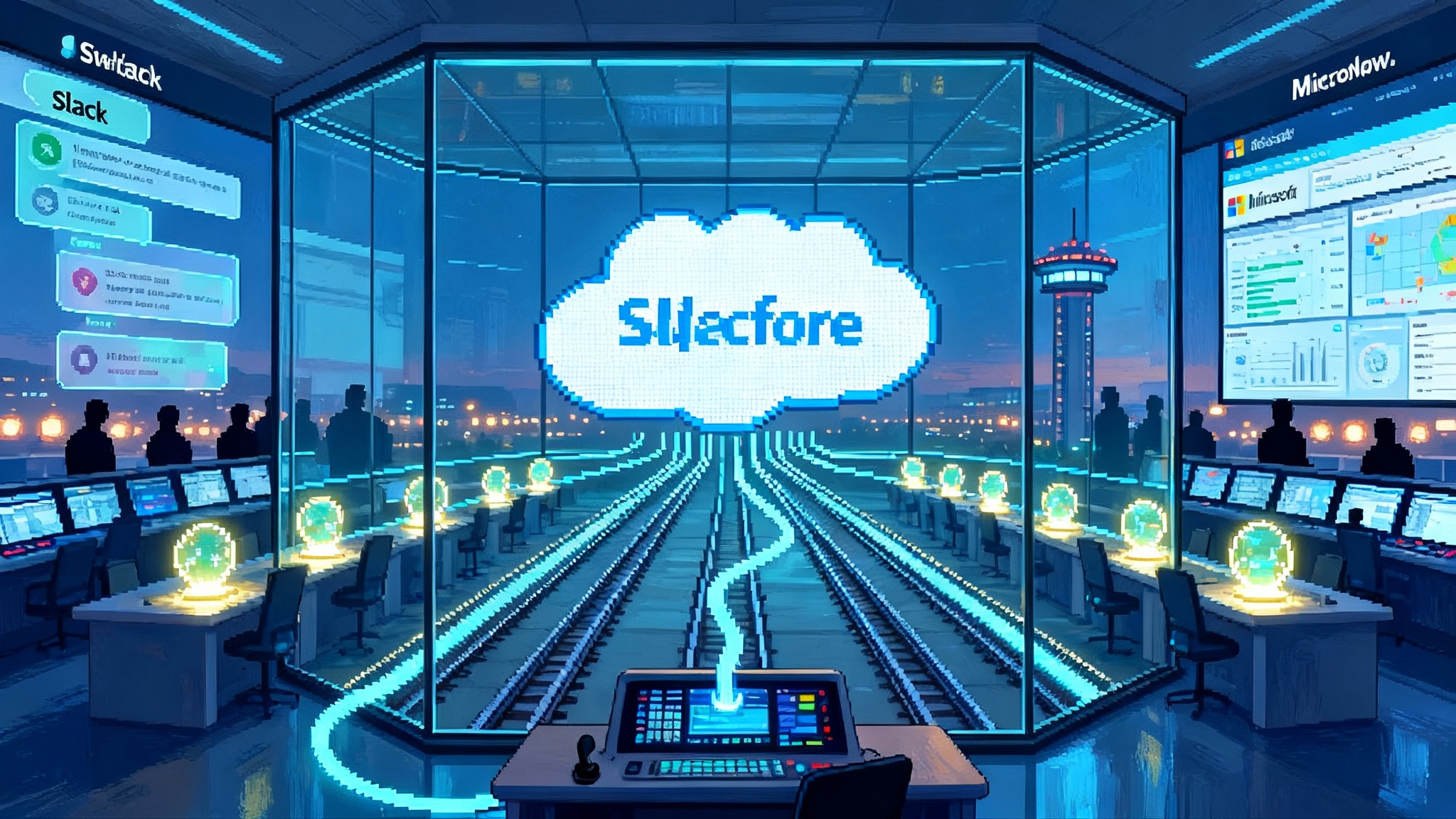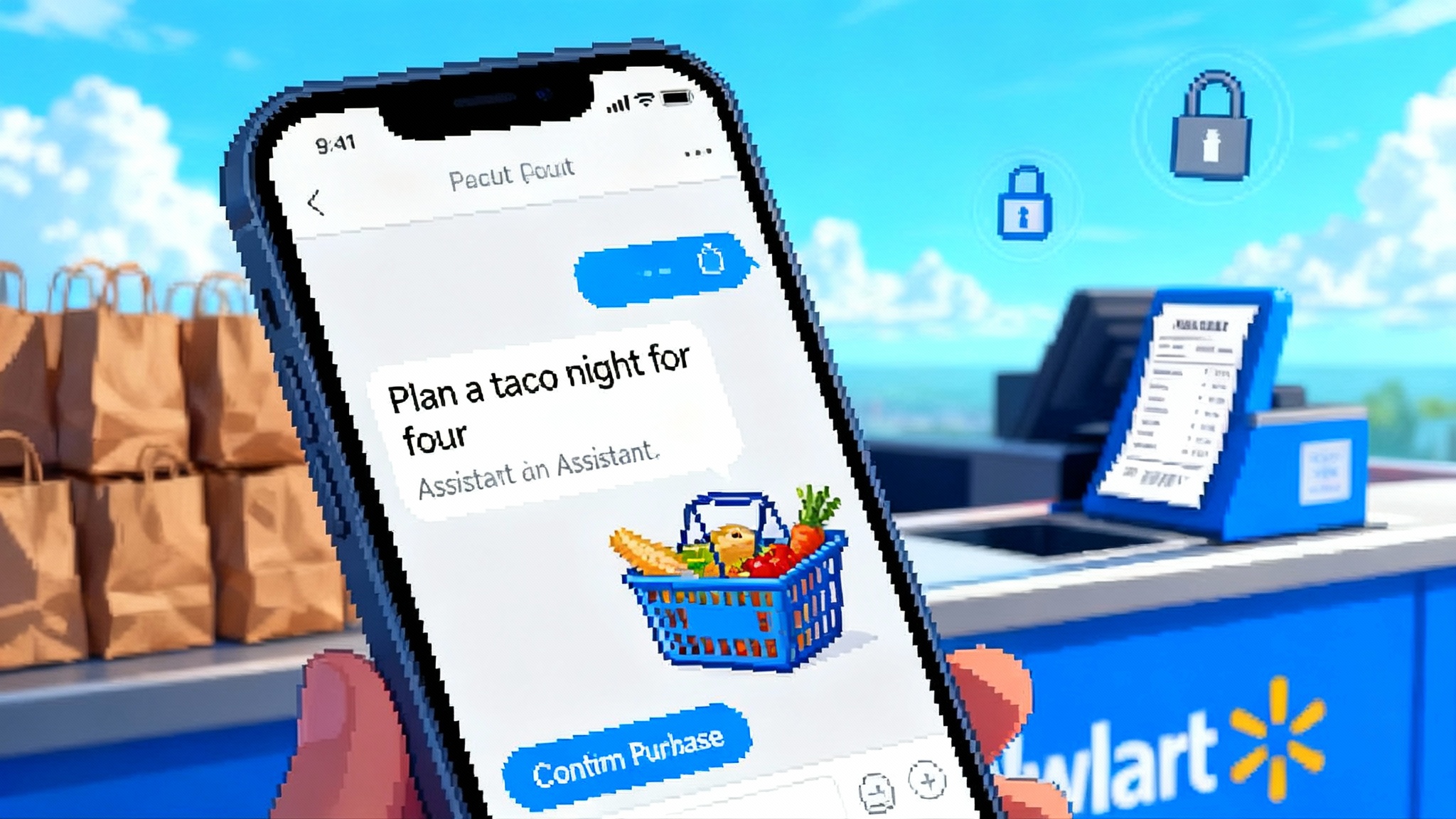Cloudflare’s Agents SDK Turns the Edge Into Runtime
Cloudflare is reshaping its global network into a place where AI agents live, think, and act. The new Agents SDK plus Workers AI bring resilient streaming, human approvals, and backward compatible migration at the edge.

The edge just learned to act
Cloudflare’s latest updates do more than add features. They reframe what a global network is for. With the Agents SDK and improvements in Workers AI, the edge is becoming a place where agents live, think, call tools, and adapt in real time. The headline features are pragmatic and production minded: more reliable streaming, human approval flows for impactful actions, and automatic backward compatible message migration. The practical effect is simple. You can ship agents that feel responsive and trustworthy without building a maze of centralized services. For a concise overview, see Cloudflare’s own notes on Agents SDK v0.1 and AI SDK v5.
What exactly shipped
At a high level, the Agents SDK packages difficult parts of agent engineering into deployable building blocks that run on Workers. The recent release adds compatibility with the latest AI SDK and brings three capabilities that matter once you leave the demo and enter production:
- Resilient streaming. Conversations survive real networks. If a connection stalls or drops, client and agent can resume the stream without corrupting state or duplicating tool calls.
- Human-in-the-loop confirmation. When an agent wants to perform a high-impact action, the SDK can surface a clear request and wait for approval. This makes behavior legible and governable.
- Automatic message migration. Older transcripts load and behave correctly as formats evolve, which removes a common blocker during upgrades.
None of these are flashy on their own. Together they turn a promising prototype into a service you can trust with customers.
Why this is a new category
For much of the last year, most agent architectures looked like a wheel. A centralized orchestrator sat in one region. Spokes reached out to tools, data stores, and clients around the world. That hub controlled memory, function calling, retries, sometimes even the user interface. It also introduced latency, created needless data movement, and expanded the blast radius of failure.
Edge-native agents invert the picture. The edge becomes the default runtime for policy, memory, and tool calling. Instead of every session boomeranging to a central hub, the user connects to a nearby point of presence. The agent’s state is co-located with the user. Tools and data are fetched through the edge when needed, not by default. You cut out half the trip and keep personal data closer to the person it belongs to.
This shift is not just about speed. It is about shape. When you run agents at the edge, you simplify scaling and isolation. You can give each user a dedicated, durable process that survives reconnects and only sometimes needs a central service. You trade a single fragile brain for many small reflex arcs.
How a CDN starts to look like an agent computer
The trick is to combine data locality with a cooperative set of services that behave like an operating system for agents:
- Workers provides compute that starts fast and scales with request volume. Cold starts matter when every message is a fresh connection, so instant spin-up keeps the conversation warm.
- Durable Objects give each conversation a single consistent home. Think of them as a mailbox plus a tiny brain. They serialize access to state so you do not get two overlapping tool calls racing to update the same order or ticket.
- Vector search and caching keep memories close. Instead of shipping embeddings across continents, the runtime fetches context where the user already is.
- WebSockets and server-sent events carry token streams in real time. If the browser tab moves networks or the phone drops to cellular, resume logic prevents duplicate calls and keeps transcripts consistent.
- The AI SDK unifies model calls and tool definitions. Swap a model or change a parameter without rebuilding the rest of your agent code.
No single piece is novel on its own. The difference is that the pieces work together at the edge by default, which is where users actually sit.
Reliability that users can feel
People notice two things in agent experiences. They notice when text arrives smoothly and when it does not. And they notice when the agent attempts something risky without asking. Streaming reliability lowers the chance that a network hiccup turns into a broken chat or a duplicate action. Human approval flows lower the chance that a helpful agent becomes an expensive agent.
The update foregrounds both. On the wire, streaming behavior is less brittle. In the loop, the SDK detects confirmation patterns so you can insert a review step before an action is taken. This matters most for tasks like refunds, emails, and access changes, where an agent is perfectly capable but should never be unsupervised.
Backward compatible message migration
Anyone who has maintained a chat product knows the pain of migrating thousands or millions of stored messages when you change schemas or upgrade your SDK. The Agents SDK introduces automatic migration for legacy formats, which means older transcripts continue to load and behave correctly even as you adopt newer features.
Why it matters in practice:
- Fewer upgrade stalls. Teams can adopt improvements without spinning a side project to reprocess data.
- Lower operational risk. Avoid risky replays of historical messages or brittle one-off scripts.
- Better developer velocity. You can update models and tools without getting trapped in format conversions.
Human prompts during tool execution
Agents that touch the real world often need to pause and ask for precise information. A shipping address. A budget ceiling. A second factor. Cloudflare added elicitation support that lets an agent request structured input during tool execution and persist that state while it waits. That enables multi-step workflows that feel like a guided form rather than a guessing game, and it works even if the agent goes idle and wakes back up later. Cloudflare documented this in its update on MCP elicitation and task queues.
From centralized orchestration to edge-native reflexes
Here is a concrete way to visualize the architecture shift:
- Centralized design. A user in Paris chats with a bot hosted in Virginia. Every message crosses the Atlantic. The bot calls internal tools in Virginia, writes memory to a database in Oregon, and streams tokens back. This is workable, but slow, and each additional user adds contention on the same orchestrator.
- Edge-native design. The user in Paris chats with an agent pinned to a Durable Object in a European region. Tool calls to local services resolve nearby. The only time Virginia is involved is when you call a system that truly lives there, such as a billing service that cannot be replicated. Latency is bounded by physics, not by architecture.
You do not remove core systems. You reduce how often you depend on them and keep transient user data closer to the user by default.
Three playbooks for production agents on Workers
Below are field-tested playbooks that blend reliability, human confirmation, and migration into things you can ship now. Each one includes why the edge matters, a minimal system diagram, the critical safeguards, and the first metric to track.
1) Support concierge that never loses context
- Goal. Resolve common tickets instantly and hand off the hard ones with clean context.
- Why the edge. Support is personal and bursty. Keeping a user’s memory at the edge means lower hot-path latency and less data movement.
- System diagram. A Durable Object stores the session transcript, preferences, and case state. The agent calls a knowledge tool, a ticketing tool, and a status tool. It streams responses, elicits a missing order number when needed, and requests human confirmation before updates or refunds.
- Safeguards. Require approval for any action that changes money, access, or identity. Cap tool retries. Log every tool invocation with hashed identifiers and timestamps.
- First metric. Time to first helpful token. It is the fastest proxy for perceived quality. If the first token arrives under 150 milliseconds on broadband, you will see higher containment and lower abandonment.
Implementation sketch:
- Store transcripts with a schema version tag. Let the SDK migrate older messages as you roll forward.
- Use elicitation for order numbers and account last four digits. Validate formats before tool calls.
- Present a confirm-or-cancel card whenever the agent proposes a refund or subscription change.
2) Security automation that is confident and careful
- Goal. Automate identity and access tasks such as temporary access, password resets, and policy checks.
- Why the edge. Security events have tight time budgets. Placing agents near the user shortens the feedback loop and reduces how much sensitive data leaves the region.
- System diagram. A Durable Object owns each session. The agent talks to directory and policy tools and can generate one-time codes. It uses human confirmation when the action escalates privileges or unlocks data. All successful actions emit signed audit events to your central log.
- Safeguards. Require a second factor for high-risk actions. Do not let the agent store secrets in the transcript. Rate limit attempts per principal and per network.
- First metric. Median decision time for allow or deny on a small set of repeatable tasks. Track false accepts and false rejects separately.
Implementation sketch:
- Model tools so they are idempotent and visibly safe. For example, a tool that proposes a policy change should create a pending change object and return an identifier. The confirmation step commits it.
- Use streaming to narrate what is happening in plain language. People trust automation more when it explains what it is about to do and why.
3) Commerce copilot that protects margins
- Goal. Increase conversion and cart size without handing the reins to a black box.
- Why the edge. Inventory, pricing, and promotions vary by region and time. An edge-resident agent can fetch only the data needed, reduce cross-region chatter, and render suggestions fast.
- System diagram. A Durable Object holds the cart, session messages, and guardrails. Tools include inventory lookup, dynamic pricing checks, promotions, and payment intents. The agent elicits sizing or delivery constraints and confirms any price overrides with a manager or a policy engine.
- Safeguards. Hard caps on discount authority. A policy tool that computes whether a promotion may be applied under current rules. Clear audit trails. Human approval for manual overrides.
- First metric. Assisted checkout rate: the percentage of sessions where the agent contributes to a purchase without a handoff to a human.
Implementation sketch:
- Use message migration to keep cart transcripts readable across seasonal releases. You will be grateful during peak traffic.
- Treat promotions as a tool with rule evaluation, not as inline logic inside the agent. That decouples policy from code.
Performance, privacy, and cost line up
Edge-native agents help three constraints align at once.
- Latency. You cannot beat the speed of not traveling far. Streaming makes that speed feel continuous.
- Privacy. By default, data stays closer to the user and travels less. When you must cross a boundary, it is deliberate, not incidental.
- Cost. You stop paying to drag bytes across regions for every token. You still centralize only what must be centralized, such as reconciliation and final storage.
The result is not just faster responses. It is a different failure mode. Instead of one orchestrator under stress during peak hours, you have many small, isolated sessions that fail independently and recover quickly.
Developer experience that grows with you
Two quality-of-life improvements stand out. First, migration utilities mean your old message formats will not block an upgrade. Second, confirmation patterns become first class instead of a do-it-yourself convention. Combined, they reduce the blast radius of change. You can update a model or a tool and keep shipping without a parallel cleanup project to untangle transcripts or enforce confirmations.
Teams that already operate agents in production will recognize the benefit. If you are in site reliability, the shift mirrors how observability and runbooks evolved into automation, as we discussed when SRE moves to autonomous ops. If you are data-first, the patterns rhyme with data-native agent patterns that treat retrieval, features, and governance as first-class citizens. And if you build user interfaces, the interface model aligns with interfaces that agents can program, where the edge hosts fast event loops and small pieces of state close to the user.
What to watch next
- Agent-aware routing. Expect network policies that understand conversational state, confirmation phases, and tool cooldowns. Imagine keeping a user on the same edge location while a pending confirmation remains active.
- Token-thrifty content formats. A lot of time and money is wasted shipping bloated transcripts. Compact formats and server-assisted summarization will preserve meaning without paying for repeated tokens. The winner will respect migration and searchability by default.
- Compliance at the edge. Enterprises want regional data handling guarantees, audit-ready logs, and portable policy engines. This is not a sidebar. It is the unlock for regulated teams that want agents without a parallel shadow stack.
Getting started
If you want quick wins without overhauling your stack, pick a narrow, time-sensitive use case and let the edge carry the load.
- Choose one agent where real time matters. Support refunds, password resets, or cart recovery are good candidates.
- Pin conversations to a Durable Object. Give each session a single process and store transcripts with a version tag.
- Define tools with contracts and safety categories. Inputs, outputs, and authority levels must be explicit. Mark tools that always require confirmation.
- Measure what users feel. Track time to first token and successful tool calls per session. If both improve, your experience will feel better within days.
- Plan for evolution. Assume models, prompts, and tool signatures will change. Make migration and confirmation part of the design, not a postscript.
The bottom line
A year ago, the edge delivered files. Then it delivered compute. Now it delivers intent. Cloudflare’s Agents SDK and Workers AI updates move agents from lab demos to a dependable runtime that lives where your users are. The defining features are not flashy. They are the scaffolding that makes fast, accountable, and upgradable agents possible. If you build one narrow case and ship it at the edge, you will feel the difference in speed, trust, and iteration pace within the first week.








